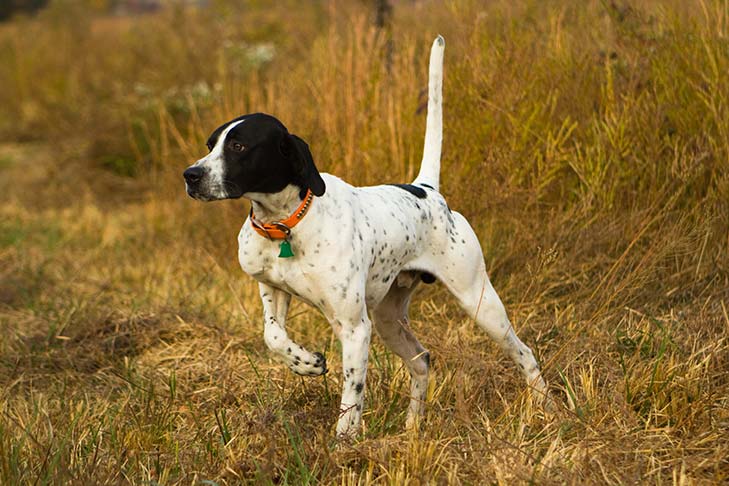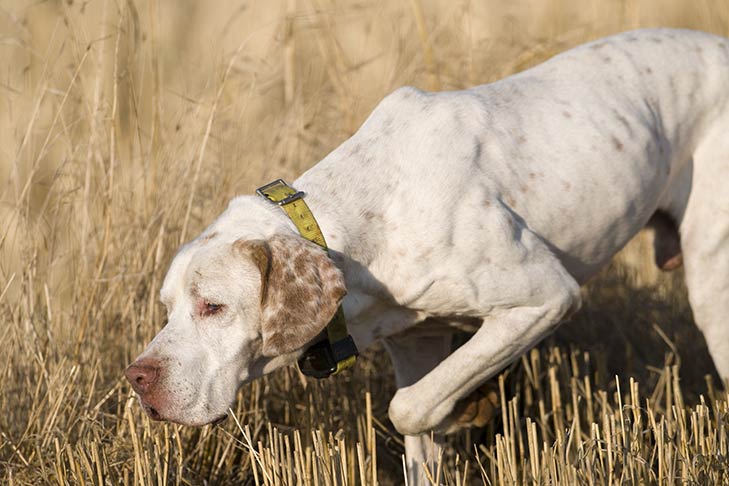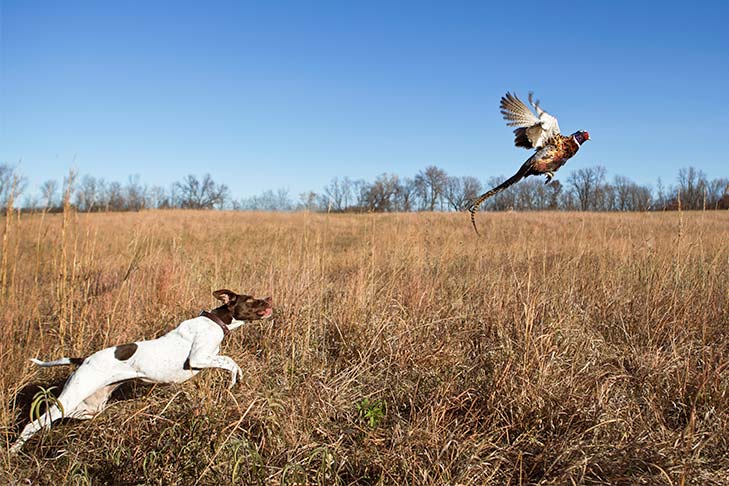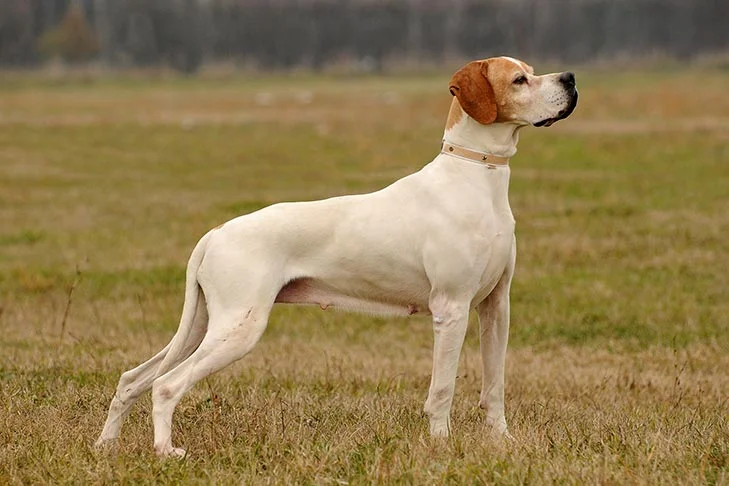The Pointer is the pinnacle of canine strength and grace. The name of the breed describes what it does, and they have been pointing to game birds for generations. The vivacious Pointer makes a great running buddy. The majestic Pointer is the pinnacle of canine grace and power. Pointers are unquestionably the aristocracy of sports; they are swift and agile and carry themselves with pride. A decent Pointer can be any color, as the breed’s admirers like to say. The coat comes in a variety of hues, both plain and in patterns. A little female may weigh as little as 45 pounds and stand 23 inches whereas a huge male may stand 28 inches at the shoulder and weigh up to 75 pounds.







 Health
Health Grooming
Grooming Exercise
Exercise Training
Training Nutrition
Nutrition